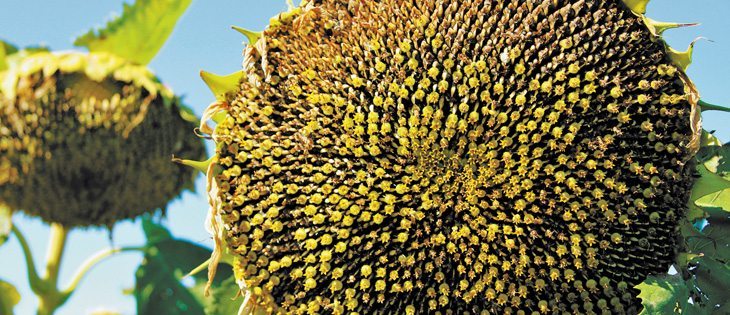A pulse crop disaster in Pakistan and a disappointing Indian lentil harvest have set the stage for strong lentil demand prospects out of the Indian subcontinent.
A story that ran in the Pakistan Observer said 80 percent of the country’s winter pulse crop was destroyed by cold weather.
Another article published in the Business Recorder said the production of chickpeas has declined by 50 percent in Pakistan compared to last year because of excessive winter frost.
Marlene Boersch, a partner in Mercantile Consulting Venture, doesn’t know what percent to attach to the decline in Pakistan’s production, but there is definitely an emerging supply issue in a country that typically grows 3.7 million acres of pulses.
Read Also

Biofuel sector happy with federal budget
Advanced Biofuels Canada says new Biofuel Production Incentive is a lifeline until CFR amendments are in place.
“We know that they have serious problems. We tend to look at the major grains like wheat to see how big the problems are and they’re pretty substantial,” she said.
Pakistan is usually one of the top importers of Canadian chickpeas and a top 10 buyer of Canadian lentils. It has recently ratcheted up the pace of imports of both those crops.
“There seems to be a lot of truth about the doom stories from that origin,” said Boersch.
She has contacts in Pakistan who say substantial flooding contributed to the crop damage, and the government has done little to address the structural problems that led to the flooding.
“They’re very afraid that this is begging for another repeat,” said Boersch.
India also appears to be short red lentils based on its recent buying activity.
“We’ve seen that pick up in the last little while,” she said.
However, there is some doubt whether Indian buyers will be able to pay for what they’ve ordered because of the crumbling rupee.
Export Development Canada said the Indian rupee is at the weakest point compared to the U.S. dollar in the last 30 years.
India has had a tough time attracting European capital and managing the growth of its economy.
“Some of the shine has come off of the Indian market for international investors,” said Peter Hall, chief economist of EDC.
Boersch recalls what happened last year when the rupee depreciated. Indian buyers were ill equipped to hedge against currency fluctuations and some walked away from cargoes of imported pulses or attempted to renegotiate the terms upon arrival.
So exporters view the recent Indian buying spree cautiously.
“While people were quite delighted with the level of forward sales (to India), it’s really too early to count your ducks,” said Boersch.
Hall said pulses are a food staple in India and will need to be imported regardless of what happens to the rupee. He doubts Indian buyers will continue defaulting on contracts.
“There are different ways of getting market power and that’s one of them, but you can’t get away with that game forever,” he said.
“It’s a very dangerous game to play and I don’t think it’s one you can get away with more than once or twice before markets start to shy away from you.”
Boersch said two other Canadian issues could factor into pulse markets this fall.
She originally thought special crops would lose some of their cash crop luster under an open market. However, unless grain companies become more proactive in fixing the terms of wheat contracts, canola and peas will continue to be the best crops for providing post-harvest cash flow.
Boersch is also curious to see if Glencore and Richardson International will be as active in pea marketing as Viterra was. She believes Richardson president Curt Vossen is “not in love” with the special crops business.















